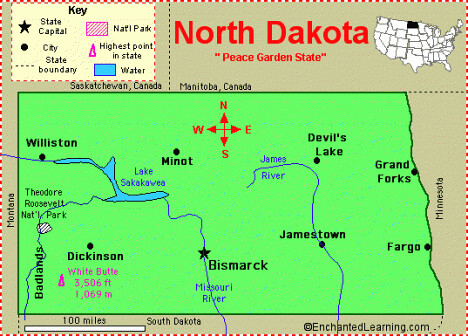The Boers begin their 118-day siege of British-held Ladysmith during the Second Boer War.
The Second Boer War, also known as the Anglo-Boer War or the Second Anglo-Boer War, was a conflict that took place between 1899 and 1902 in South Africa. It was fought between the British Empire and two Boer states, the South African Republic (also known as the Transvaal) and the Orange Free State. The war was a result of longstanding tensions and conflicts over British imperial interests, mineral wealth, and the desire for independence among the Boers, who were of Dutch descent.
Causes: The primary causes of the war were British imperial ambitions and the desire to control the rich gold and diamond resources in the Boer states. The British also sought to extend their influence over the region.
Outbreak: The war began on October 11, 1899, when the British, under the leadership of Sir Alfred Milner and Lord Roberts, launched an invasion of the Transvaal and the Orange Free State. The Boers, led by figures such as Paul Kruger and Louis Botha, mounted a strong resistance.
Guerilla Warfare: After initial British successes, the Boers transitioned to guerrilla warfare tactics, making it difficult for the British to defeat them in open battles. This phase of the war dragged on for several years, with the Boers using their knowledge of the terrain to their advantage.
Concentration Camps: The Second Boer War is infamous for the establishment of British-run concentration camps to house Boer civilians, particularly women and children, who were displaced by the conflict. The conditions in these camps were often deplorable, and many people suffered and died from disease and malnutrition.
Treaty of Vereeniging: The war ended on May 31, 1902, with the signing of the Treaty of Vereeniging. The treaty recognized the independence of the two Boer states, while also acknowledging the British sovereignty over the entire territory. It established a framework for reconciliation and the eventual formation of the Union of South Africa in 1910.
Legacy: The Second Boer War had a profound impact on South Africa and its people. It contributed to the development of Afrikaner nationalism and a sense of identity among the Boers, which would later shape the country’s political landscape. The war also left a legacy of bitterness and division, particularly between the English-speaking and Afrikaner communities.


